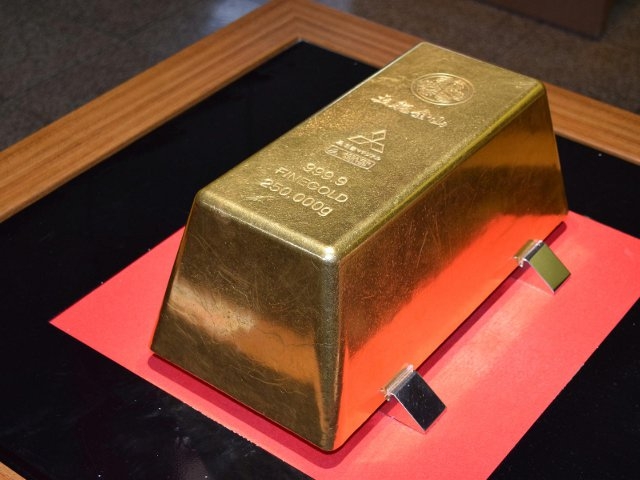
Kanayama, Izu's largest, which flourished during the Edo period as a gold mine under the shogunate, and was second only to Sado Kanayama. Life-sized dolls are now realistically recreating the Kanayama mining work landscape of the Edo period. If you pray at a golden-leaf-pasted golden torii in the pit, you might get some gold luck. It is also possible to touch the world's largest giant gold (pure gold) of 250kg. You can enjoy the gold dust collection experience (all you can do for 30 minutes) at the gold sand park.
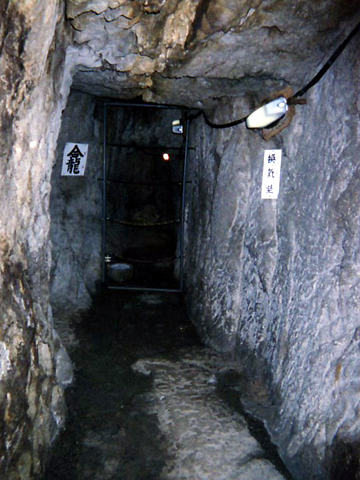
Developed in Tensho 5 (1577), Izu's oldest hand-dug Kanayama site. There is an inverted staircase that takes into account the convection of air in the pit with a depth of about 100m, indicating the wisdom of people at that time. In the innermost part, there is [Cancer] (shinkori [hokora]), which celebrates the god of the mountain. Izu City Designated Cultural Property.
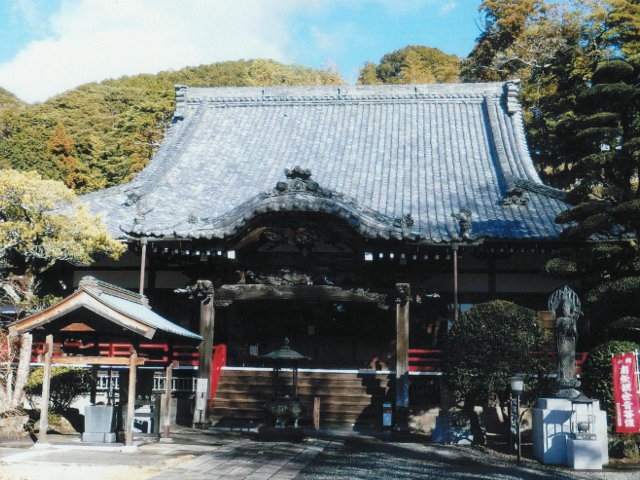
A famous temple of the Nichiren sect. It is known for having 90 multi-colored plate-framed paintings of 1 tatami tatami, depicting the life of Nichiren Jinjin. The majestic Dou standing in the precinct is attributed to Tajiro Sakai [Tajirou], a master craftsman from the Edo period who hit Goten Tsuki Castle in Edo Castle, and is considered to be a masterpiece of temple architecture. There are 77 steps of stone steps of health and longevity in the precincts, and the zodiac is laid in each place according to the number of years of trouble, and it is said that stroking the head is effective. In addition, there is also a scholastic jizo, and it is aspirational fulfillment for those who study.
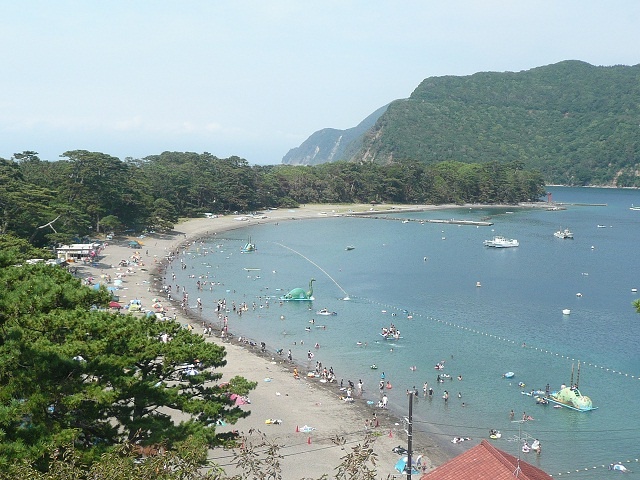
A quiet swimming beach with waves. It's perfect for families because it's a shallow, quiet sea. The contrast between an arc-shaped sandhill on a bow and green pines and jungles is beautiful. On a day when the weather is good, you can also see Mount Fuji. A popular swimming beach for children.
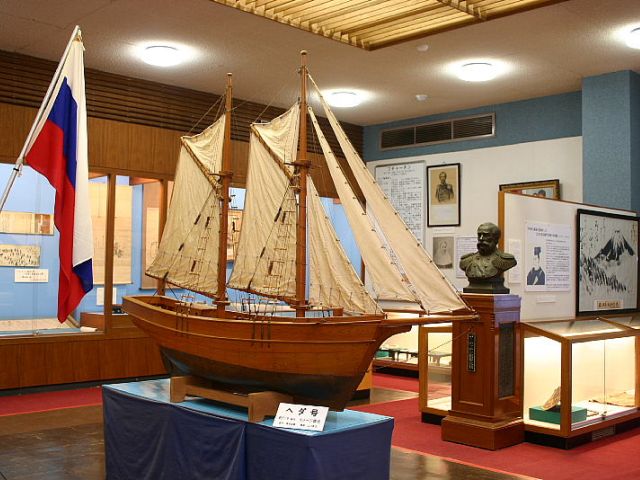
Toda has a history of building Japan's first Western-style sailing ship, the Heda, as a substitute when the Diana, which was carried by the Russian envoy Admiral Putyatin, was wrecked. A museum founded on its historical facts. In the museum, the shipbuilding technical materials of the time, such as records and design drawings of the construction of the shipbuilding, the love items of Putyatin, models of the Heda and the Diana are displayed. At the Suruga Bay Deep Sea Biological Museum, rare deep-sea creatures such as the hawk-footed crab, the labika, which is said to be a living fossil, and the sea shark are also found. It takes 40 minutes.
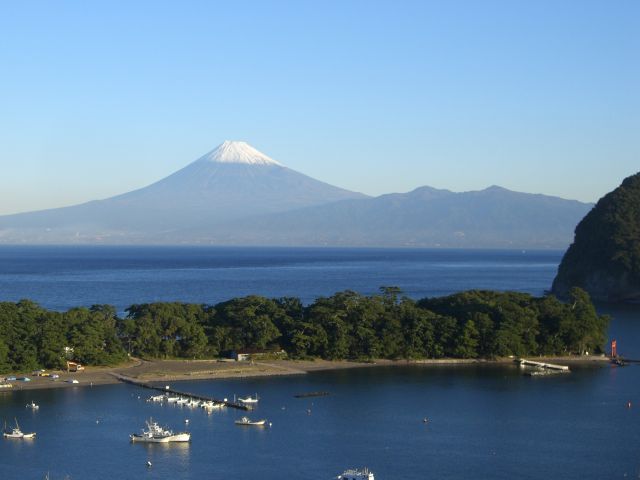
A cape that protrudes in a bow shape from Toda Port to Suruga Bay. It is a green area full of innimaki and sandyak, and you can enjoy seasonal flowers such as lily and hamayu. The coast on the open sea side of the cape is a great view spot with a view of Mount Fuji beyond the ocean. Waves are calm on the inland sea side, and the Mihama swimming beach here is popular with families. Along the sea at the tip of the cape, Moroguchi Shrine stands, which has been gathering the religion of the fishermen since ancient times as the guardian god of the sea.
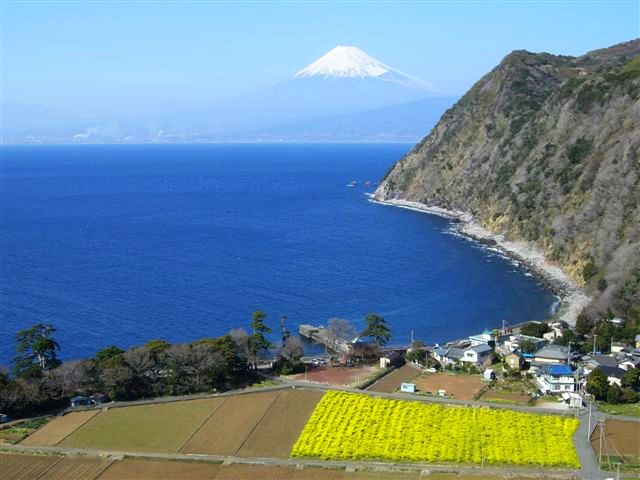
The scenic spot, which was named because the sea surface looks glittery and glittery depending on the position of the sun, is a spectacular view of the sunset over Suruga Bay. When you go down the stairs, the Matsue mound is preserved as it was at the time of the excavation.
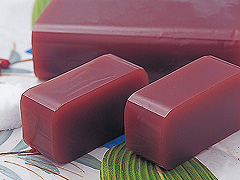
A dish unique to a Japanese-Western confectionery shop in the port town is 700 yen per Toda Shio Yokan. It is prepared by adding domestic red beans with the natural salt of Toda and the deep ocean water of Suruga Bay, and has a slightly salty taste and a refreshing taste. In addition, there is a small box of 1350 yen for wrapping butter cake in cookie dough.
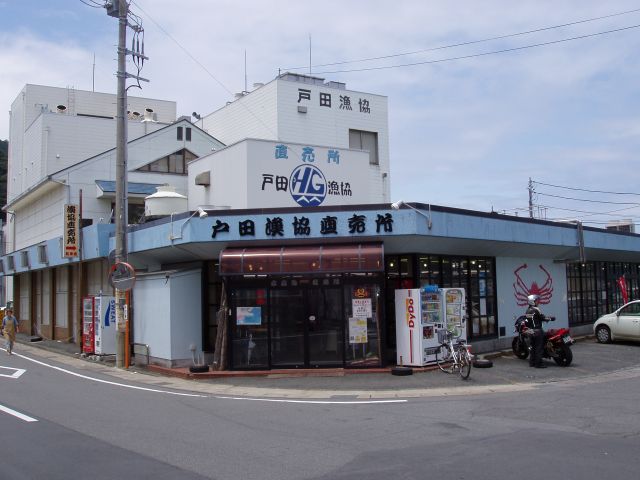
A directly operated store of the Toda Fisheries Co-operative Association, where you can buy fresh seafood, such as shrimp and sazae from local Suruga Bay, at a reasonable price.
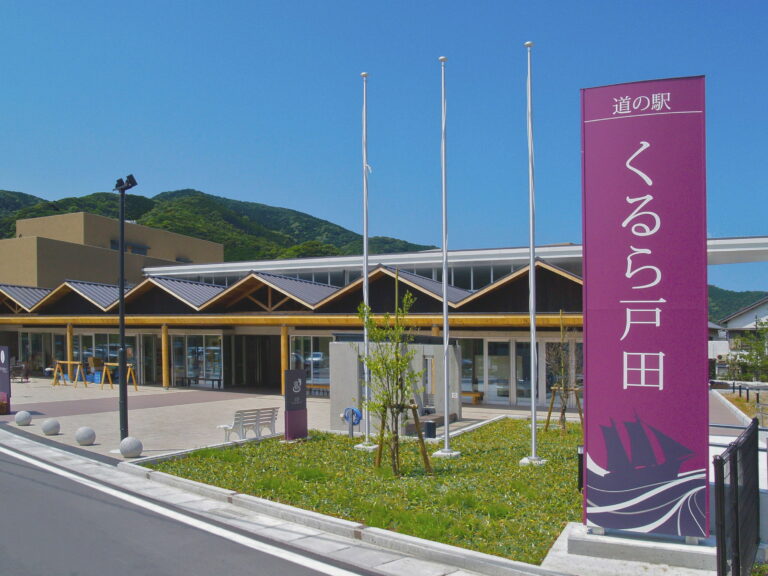
Roadside station installed for the first time in Numazu. Facilities to heal the fatigue of the drive, such as natural hot springs and free-to-use foot baths, are substantial. The restaurant offers a specialty of gourmet dishes such as fresh seafood dishes and sweets made with specialty fruit and Tabana at Toda Port. The stand also has a selection of products using local ingredients, and the additive-free "Nishi-Izu Toda Salt" made from Kuroshio in Suruga Bay is recommended as a souvenir. In the exhibition corner of the facility, there are many exhibits about the culture and history of Toda, including tourist information. At a distance of 1km from the roadside station is Suruga Bay, and the view of Mount Fuji over Suruga Bay is a superb view and reputation.











